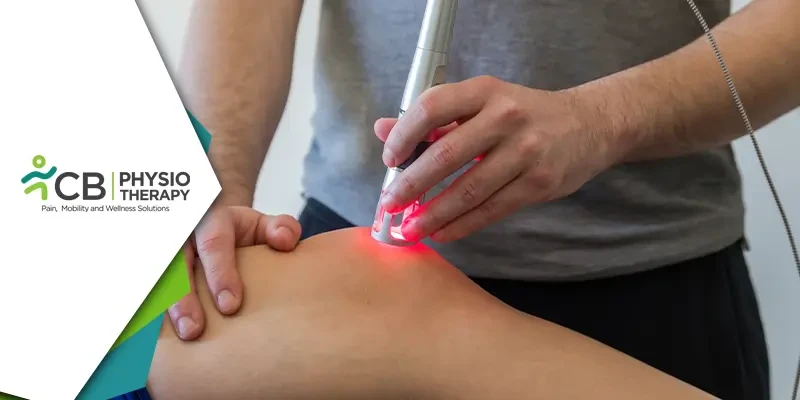Laser therapy has become an increasingly popular form of treatment in the field of physiotherapy, but like any new or emerging form of therapy, it can be difficult to separate fact from fiction. Laser therapy is a form of treatment that uses light energy to promote healing, reduce pain, and alleviate inflammation. This non-invasive and safe form of treatment has been used by physiotherapists but there are still many myths and misconceptions about this therapy. In this blog, we will explore a few common myths and facts about laser therapy used by physiotherapists.
Myth #1: Laser therapy is a new and untested form of treatment.
Fact: Laser therapy has been used in physiotherapy for over 30 years and has been studied in numerous clinical trials. These studies have shown that laser therapy is a safe and effective form of treatment for a wide range of conditions, including musculoskeletal injuries, chronic pain, and wound healing.
Myth #2: Laser therapy is only used to treat pain.
Fact: While laser therapy is an effective form of pain relief, it can also be used to promote healing and reduce inflammation. Laser therapy has been used to treat conditions such as carpal tunnel syndrome, arthritis, and tendinitis, as well as to promote healing in wounds and fractures.
Myth #3: Laser therapy is expensive and not covered by insurance.
Fact: The cost of laser therapy varies depending on the location and provider, but it is generally less expensive than surgery or other invasive forms of treatment. Many insurance companies now cover laser therapy as a form of physiotherapy, so it may be covered by your insurance plan.
Myth #4: Laser therapy is painful.
Fact: Laser therapy is a non-invasive form of treatment that is typically painless. Some patients may feel a slight warming or tingling sensation during the treatment, but this is generally not painful. In fact, many patients report feeling relaxed and comfortable during the treatment.
Myth #5: Laser therapy is dangerous and can cause burns.
Fact: Laser therapy is a safe and effective form of treatment when used properly by a trained and qualified physiotherapist. It is unlikely to cause burns or other adverse effects when used properly. In fact, laser therapy is often used as a replacement for more invasive forms of treatment, such as surgery.
Myth #6: Laser therapy can be used to treat any condition.
Fact: While laser therapy is an effective form of treatment for a wide range of conditions, it is not appropriate for every patient or every condition. Your physiotherapist will be able to determine if laser therapy is appropriate for your particular condition and recommend other forms of treatment if necessary.
Myth #7: Laser therapy is a cure-all and can replace other forms of treatment.
Fact: While laser therapy is an effective form of treatment, it is not a cure-all and cannot replace other forms of treatment in all cases. Your physiotherapist may recommend a combination of therapies, including laser therapy, to achieve the best possible outcome for your particular condition.
Myth #8: Laser therapy is only used by physiotherapists.
Fact: While laser therapy is often used by physiotherapists, it is also used by other healthcare professionals, including chiropractors and osteopaths. It is a safe and effective form of treatment that can be used by a variety of healthcare professionals to treat a wide range of conditions.
Myth #9: Laser therapy is not effective for chronic pain.
Fact: Laser therapy has been shown to be an effective form of treatment for chronic pain. It can help to reduce inflammation and promote healing, which can alleviate pain over time.
Myth #10: Laser therapy can treat any condition.
Fact: While laser therapy is an effective form of treatment for many conditions, it is not appropriate for all patients or all conditions. Your physiotherapist will be able to determine if laser therapy is appropriate for your particular condition and recommend other forms of treatment if necessary.
Laser therapy is a popular form of treatment used by physiotherapists to help alleviate pain, and inflammation, and promote healing. Laser therapy can be used to treat a variety of conditions, including dermatological conditions, wound healing, and neurological conditions. It can be a valuable tool in managing pain and improving quality of life.

